Corrugated boxes are one of the most versatile packaging methods. As of 2017, the global corrugated box market was valued at USD 107.8 billion and is expected to grow at a rate of 4.3% annually. With its unique combination of cushioning and structural rigidity, corrugated boxes are indispensable when it comes to storage, bundling, or shipping.
Therefore, knowing the estimated price of a corrugated box allows brands to plan ahead. Various types of corrugated boxes are available on the market, and their costs depend on factors such as:
- Board thickness
- Cabinet size
- Flute type
- Connector type
- Box compressive strength
- Moisture content
- Bursting strength
- Layers
- CFC weight
In addition, when corrugated boxes are customized, the price will increase. The type of printing and the number of colors also determine the cost. These corrugated boxes can also be laminated for extra protection.
1. 5 Ways to Reduce Corrugated Box Costs
With a little research and smart planning, brands can save a lot on corrugated boxes. Estimating can be challenging as there are so many parameters that determine the cost of a corrugated box. Here are five ways brands can reduce the cost of corrugated boxes.
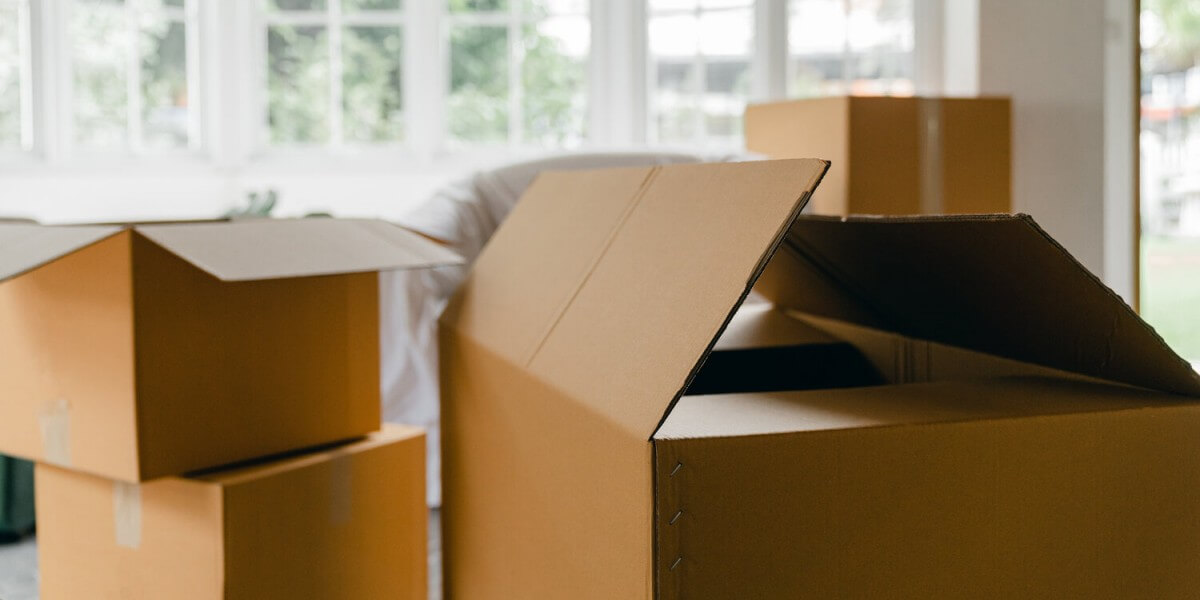
2. Simplify your requirements
In many cases, brands may stick to packaging solutions developed long ago. Taking a step back and looking at real needs right now is a great way to keep costs down. As the product evolves, so should the packaging.
For example, secondary or tertiary packaging may not require cushioning if the primary packaging has void fillers. Secondary packaging with thinner, stiffer corrugated boxes can help reduce costs.
Also, you can reduce the number of box dimensions you need. So it’s a good idea to check how much packaging you really need for shipping and shipping. Excessive packaging will not only increase packaging costs but also increase transportation costs.
Another parameter you can reduce if you use corrugated boxes as your primary packaging is printing costs. A variety of products are packaged in corrugated boxes, including bicycles, televisions, computer monitors, laptops, and electronic components. See if you can reduce the number of colors, or move to a cheaper printing technique.
For example, in the case of consumer durables, the aesthetics of the packaging are not as important as the ease of handling. With a little research, you can learn which aspects of your product packaging are important and invest more in them.
3. Research available options
It’s a good idea to take a broad look at the different options available and weigh their pros and cons. Once you understand your requirements, you may find that you may not need an expensive box, but a lower-cost box will do just fine.
You can research the different sizes available in the market to check if they suit your requirements. You can check the price of a new box to see how much you can save. These will help you stretch your budget and customize the box in a more efficient direction. Customization allows you to increase brand awareness, add safety and warning labels, and even add operating instructions.
4. Optimize dimensions
Perhaps you can save a little by bundling differently if you use corrugated boxes for secondary packaging. Perhaps, you could stack the product differently, or use an alternative void filler.
Our team custom-built corrugated boxes for Neolite in order to stack their products more efficiently. This means that the product will not suffer any damage either.
5. Use standard structures
Custom-sized boxes are more expensive than standard boxes. Corrugated box manufacturers have standard corrugated box sizes and styles. These boxes are usually used by brands for packaging and meet general requirements.
Corrugated boxes of these dimensions. They come in single-wall and double-wall variants, ranging in size from 3” x 3” x 3” to 40” x 48” x 36”. Size availability varies by supplier. In addition, there are various styles of boxes to choose from. These include self-locking, telescoping boxes, conventional slotted containers, and more.
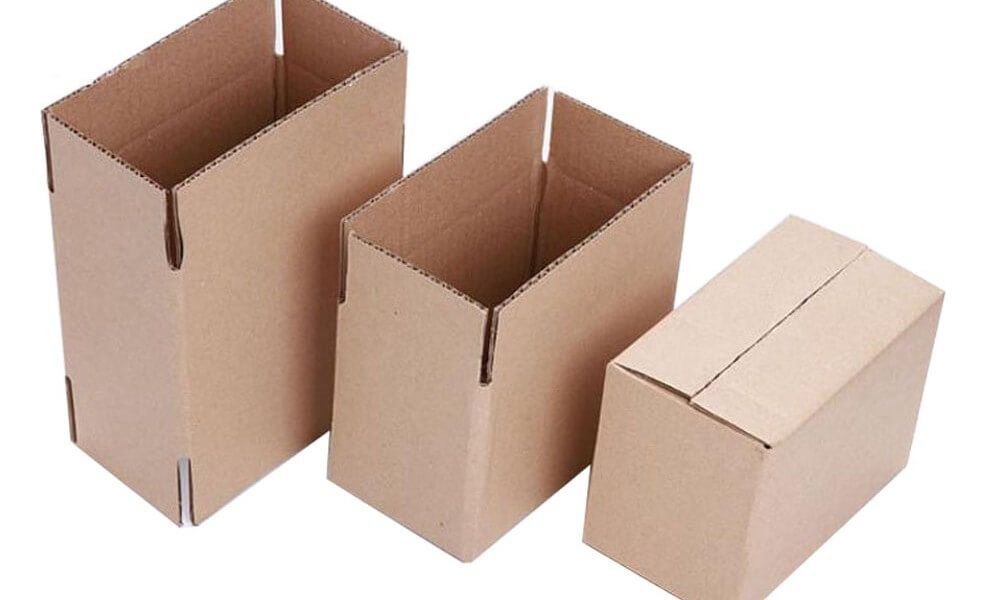
6. Include packaging plans in product planning
During the product planning phase, packaging planning can be integrated to minimize corrugated box costs. You can see how optimizing primary packaging can help save on secondary and tertiary packaging.
7. Final thoughts
Food, pharmaceuticals, and other fast-moving consumer goods use corrugated boxes as their primary packaging. As you explore the possibilities, you gain insight into how much you have to spend on packaging. Also, knowing the approximate cost will allow you to choose a supplier that offers fair pricing.
It helps you optimize your existing packaging solutions. You can also learn about customization costs. Understanding these different parameters is crucial. It lets you know how the boxes are priced, giving you an upper hand in negotiations. As a result, it allows you to make better decisions, save money and optimize your existing packaging solutions.

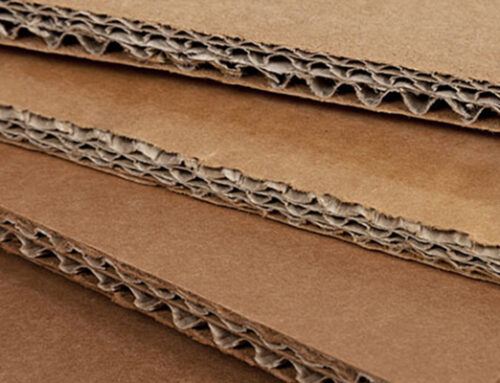
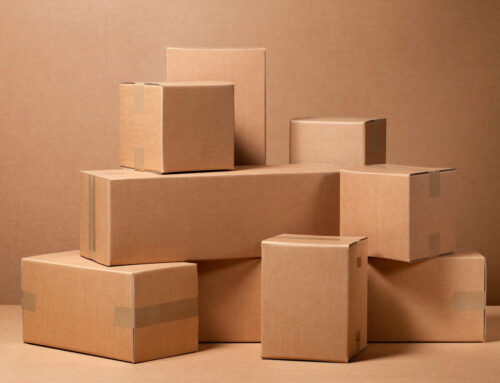
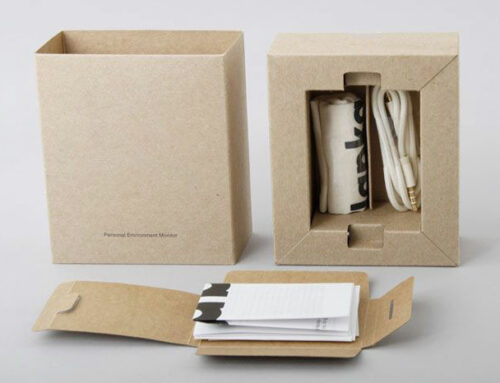
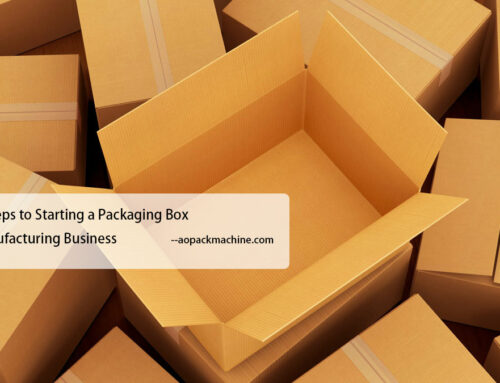
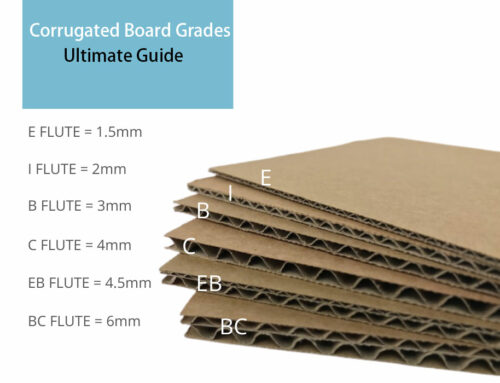
Leave A Comment